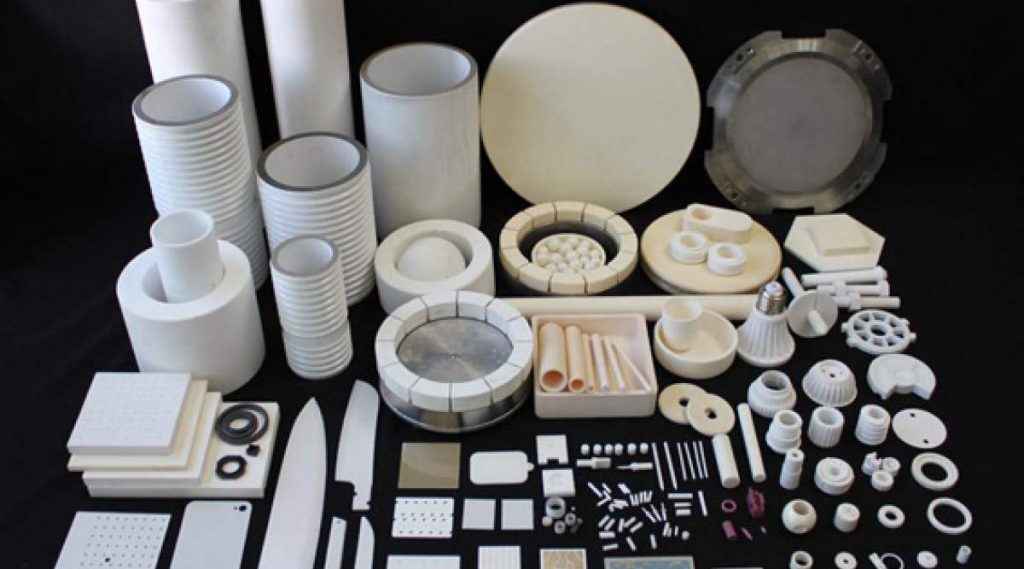Ceramics are trustworthy and eco-friendly materials that possess high-insulative properties apart from raising the efficiency of the equipment thereby eradicating corrosion as well as wear. The liners having wear plates allow high-grade performances by increasing their durability. Unembellished wear is functional. Its nature of wear-resistance and heat-resistance, corrosion as well as chemical attacks allow it to be an important component of numerous industrial products and used for several industrial applications.
For instance, grinding media and wear-resistant liners are ideal for manufacturing the ball mill grinding white cement and dispersing enamels, paints, pigments, ceramic materials, minerals chemicals glasses pharmaceuticals etc. Glass-lined equipment has its major use in the pharmaceutical and chemical processing industries. The glass-lined glaze bear advanced technological and physical properties that allow it to manufacture various glass-lined equipment.
For many years, ceramic engineering applications require high accuracy at the geometrical and dimensional levels for ceramic components. As these have to be assembled and get systematized with the present engineering practices. In order to meet the rapidly increasing demands, new processes such as laser sintering and powder injection moulding are being created. Such processes have simplified the process of producing metal powders just like ceramic powders. They fit in such processes well and can easily take advantage of a few advanced technologies such as CAD, CAM and CAE. Engineered ceramics possess a few great industrial features as they are highly reliable, weight savings, miniaturization, thermal dissipation and product strength.
Armouring protects the ballistic from projectiles bearing high velocity and armour-piercing bullets. The non-metallic and metallic materials are mixed together to develop ballistic protection. These Composite armouring materials are a nice combination of two-layered and multi-layered steel, ceramics, aluminium, titanium, epoxy/glass composite etc from an Epoxy Manufacturer.
One of the biggest problems faced by ceramic-metal bonding manufacturers and users was the differences found in the thermal expansion coefficients of the two materials. Numerous techniques were found for bonding ceramic-metal such as mobile fabrication and welding, friction welding, adhesive bonding and mechanical fasteners. Brazing is one of the most successful methods among them. In the method of brazing, the ‘Metallisation’ of the ceramics is merely to wet the ceramic’s surface to run the alloy over it and braze the two components.
Ceramics is one of the oldest industries that has been running over the years. It is assumed that when it was first discovered, the clay would have been dug out and mixed with water and fired to create the shape of several objects and give birth to ceramics. It was almost an artistic hunt and thus faced fewer technological hurdles in its way. Advanced ceramics possess more elaborated use in several industries.
Advanced ceramics are the materials that are created by combining ceramics with other materials to manufacture other materials also with completely different properties from that of the original. These materials are being used as engineering materials that surpass metal-based systems.
Thus in this way, ceramic manufacturing company possess outstanding properties that make them the best alternative for metals, plastics and glass in terms of price and performance.

